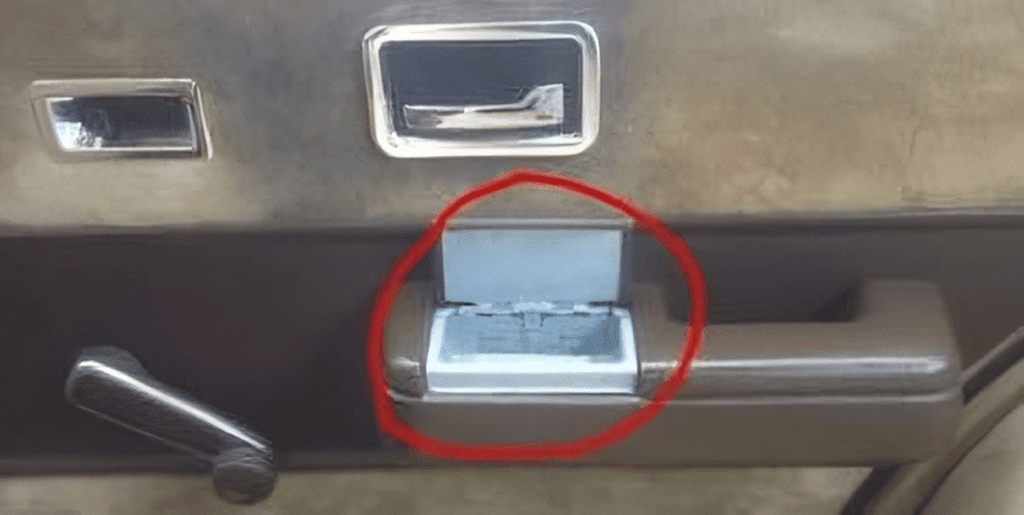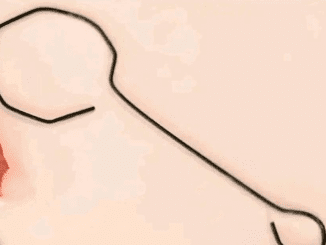Once a ubiquitous feature in automobiles, the humble car ashtray has become a relic of the past. These small, yet essential compartments were once a standard inclusion in the vast majority of vehicles, but their presence has gradually faded over the decades.
In the 1950s, the car ashtray was a common sight, catering to the smoking habits of many drivers and passengers. However, as societal attitudes towards smoking shifted and health concerns were raised, the car ashtray began to fall out of favor. The pressure from the Surgeon General, combined with the need to make room for emerging electronics and a desire to cater to a more diverse customer base, led car manufacturers to gradually phase out the built-in ashtray.

By the 1990s, the car ashtray had become a relic of the past, with Chrysler making its last built-in ashtray in 1996. This marked the end of an era, as the car ashtray’s functionality and convenience gave way to more pressing design considerations and evolving consumer preferences.
The car ashtray’s journey is a fascinating tale of how societal and technological changes can reshape the automotive landscape. In the post-war era, smoking was a widespread habit, and the car ashtray became a standard feature, catering to the needs of smokers on the go.
However, as the health risks of smoking became more widely known, the tide began to turn. The Surgeon General’s warnings and growing public awareness of the dangers of secondhand smoke put pressure on car manufacturers to rethink the inclusion of ashtrays in their vehicles.
Additionally, the need to optimize interior space and accommodate new technologies, such as power windows, door locks, and infotainment systems, meant that the car ashtray had to compete for valuable real estate within the cabin. Ultimately, the practical and aesthetic considerations won out, and the car ashtray’s reign came to an end.
Despite its eventual demise, the car ashtray has left a lasting impression on those who grew up in the era of its prominence. For many, the familiar flip-up design and the satisfying clicking sound it made when opened evoke a sense of nostalgia and simpler times on the road.
The car ashtray has become a symbol of a bygone era, a tangible reminder of how our driving habits and preferences have evolved over the decades. For those who still smoke, the car ashtray’s disappearance has been met with frustration, as they must now rely on aftermarket “smoker’s packages” that slide into cup holders, lacking the charm and convenience of the original built-in design.
The car ashtray’s legacy is a complex one, reflecting the broader societal changes that have reshaped the automotive industry. On one hand, it was a functional feature that catered to the smoking habits of many drivers and passengers. On the other hand, its continued presence was seen as a contributing factor to the normalization and perpetuation of a potentially harmful behavior.
As the push for cleaner, more sustainable vehicles gained momentum, the car ashtray became an increasingly contentious topic. Its removal was seen as a necessary step towards creating a more health-conscious and environmentally friendly driving experience.
Interestingly, there have been some recent efforts to revive the car ashtray, driven by a combination of nostalgia and the persistent needs of smokers. Aftermarket companies have begun offering solutions that mimic the classic flip-up design, allowing drivers to recreate the familiar experience of the bygone car ashtray.
However, the reintroduction of the car ashtray is not without its challenges. Debates continue around the ethics and practicality of catering to smoking habits in a modern automotive landscape that prioritizes sustainability, health, and inclusivity.
The car ashtray’s journey from ubiquity to obsolescence is a fascinating case study in the evolution of automotive design and the shifting societal attitudes that shape it. From the post-war era when smoking was the norm, to the present day where health concerns and environmental consciousness have taken center stage, the car ashtray has become a symbol of a bygone era.
As we continue to navigate the complex balance between tradition, progress, and personal freedoms, the car ashtray serves as a reminder of how our driving experiences and preferences have been profoundly shaped by the broader social and technological changes that have defined the automotive industry.


